After 15 years, I’m ditching Spotify for Tidal in 2024 – here’s why you should too
Opinion: Tidal is simply more in tune with music fans
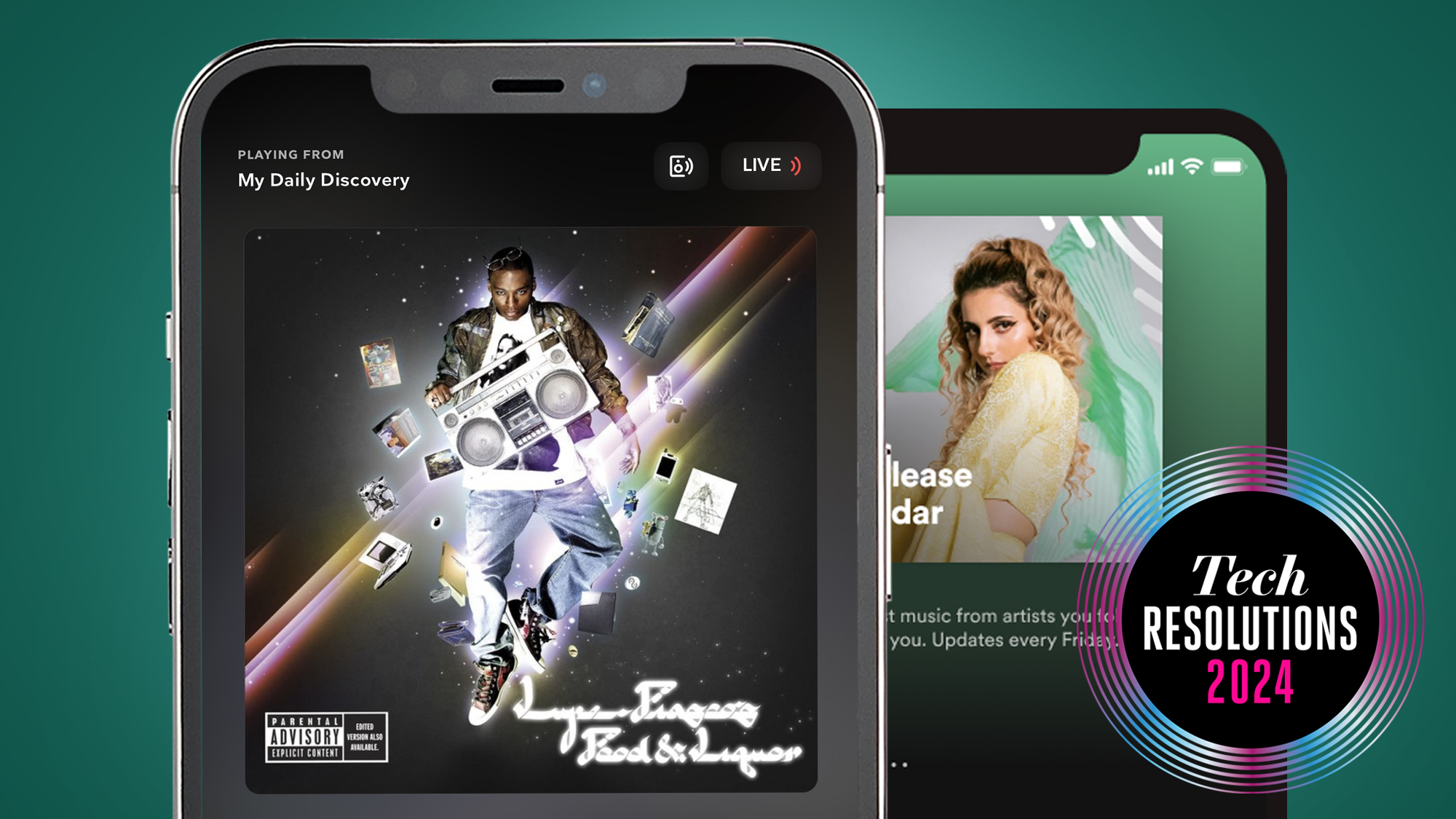
I vividly remember the first time I logged into Spotify, back in early 2009. Having grown up as part of the Limewire generation, the fact that I could suddenly access such a vast catalogue of music, instantly and legally, completely blew my mind.
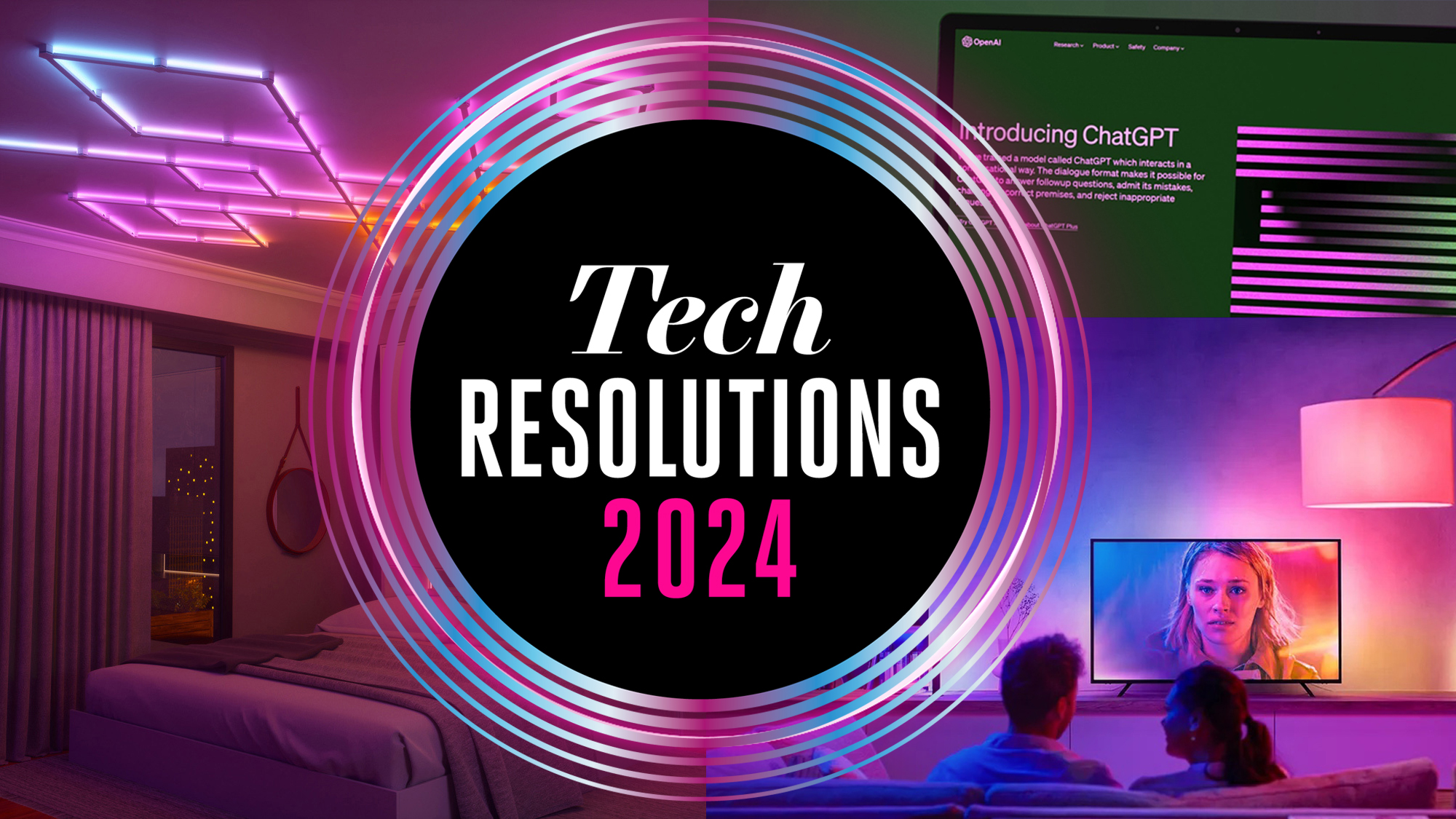
This is part of a series of articles exploring all the ways we're using tech to thrive in 2024. Read them all here.
I quickly made a playlist of all my most loved songs, and sped through new releases to judge their worth for a hard-copy investment. Never again would I have to throw money at an average album to gather dust on a shelf, and that made me – and my bursting shelves – very happy indeed.
After a few months, the dulcet, and somewhat persistent, tones of Roberta from Spotify convinced me to plump for a Premium subscription. Since then, £9.99 / $9.99 / AU$11.99 (and more recently, £10.99 / $10.99 / AU$12.99) has been leaving my account religiously every month.
But after almost 15 years of dedicated service to the Spotify algorithm, I’ve decided it’s time to finally make the move to Tidal – and here’s why you should, too.
The music sounds better with you
As a former What Hi Fi? staffer, sound quality has always been an important factor for me. And as the biggest distinguishing feature between Spotify and Tidal, it may not be a huge surprise that this is the one of the biggest drivers behind my decision.
In fact, one of the things that pushed me to move to Spotify Premium from free in the first place was not actually the adverts, but the boost in sound quality that subscribers get, from 128kbps to 320kbps. I managed less than a day on the free tier during one money-saving attempt before I handed my card details back over with haste. My ears could hear the difference and once you can, it’s hard to go back.
However, despite a number of its competitors moving to offer “hi-fi quality” sound and more than two years of speculation that Spotify Hi-Fi (or, perhaps, Spotify Supremium) is coming – it is still yet to appear. A big announcement just a few months ago that I felt sure would be the audio upgrade I’d been waiting for, was just the rollout of Spotify audiobooks. A nice-to-have, for sure, but I’d take better sound every time.
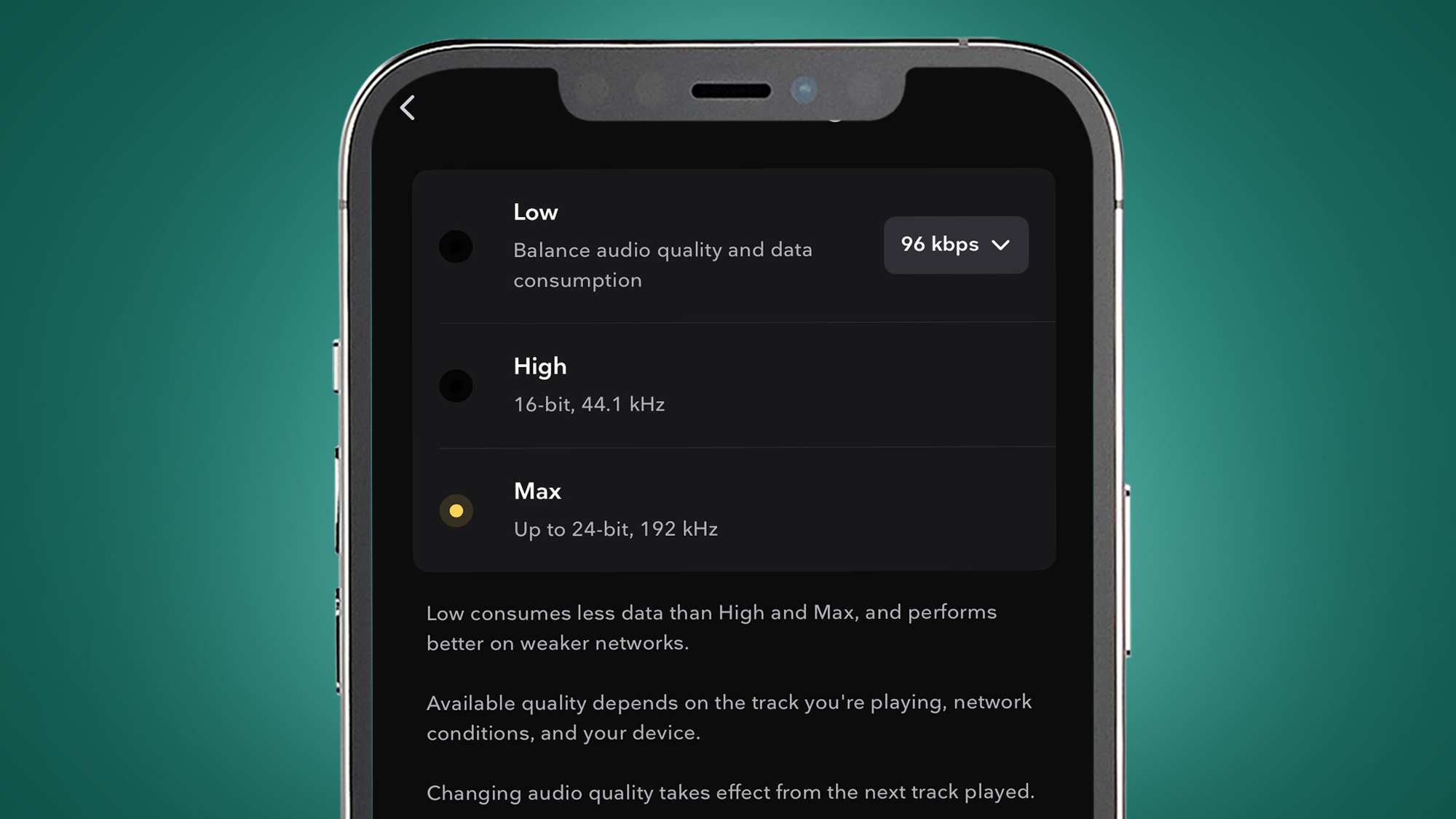
Tidal, on the other hand, has been investing in sound quality from the get go. It launched back in 2014 with CD quality 16-bit/44.1kHz sound, and pushed this up to properly high-res 24-bit/192kHz FLAC files in 2023, following the demise of MQA — the format that had previously delivered its better-than-CD sound.
No matter what way you look at it, if you’re a critical listener with decent headphones – and ideally an aptX HD connection to boot – you will be able to hear the difference.
That difference will likely be even clearer if you’re streaming to a good quality speaker, particularly one with Tidal Connect built in. Just like Spotify Connect, this uses Wi-Fi to play your music of choice directly from the service itself, bypassing the quality restrictions of Bluetooth and allowing the full potential of those hi-res tracks to really shine.
Features for music fans
With Tidal, you don’t even have the catalogue concerns that once came with switching services. While there was a time when Spotify had the edge, and numerous big-name exclusives, you can now be pretty confident that any music you listen to on Spotify will be available on Tidal too. Even more obscure artists and genres have plenty of overlap, and over 100 million tracks on either service, you’re unlikely to find yourself wanting.
Of course, that won’t be the case if you lean into Spotify’s extra-curricular activities – with things like podcasts and audiobooks included as part of your subscription fee that you won’t find on Tidal. But with its focus purely on music, Tidal has a few things up its sleeve that Spotify doesn’t, too — things like HD music videos, exclusive video content with artists and spatial audio support.
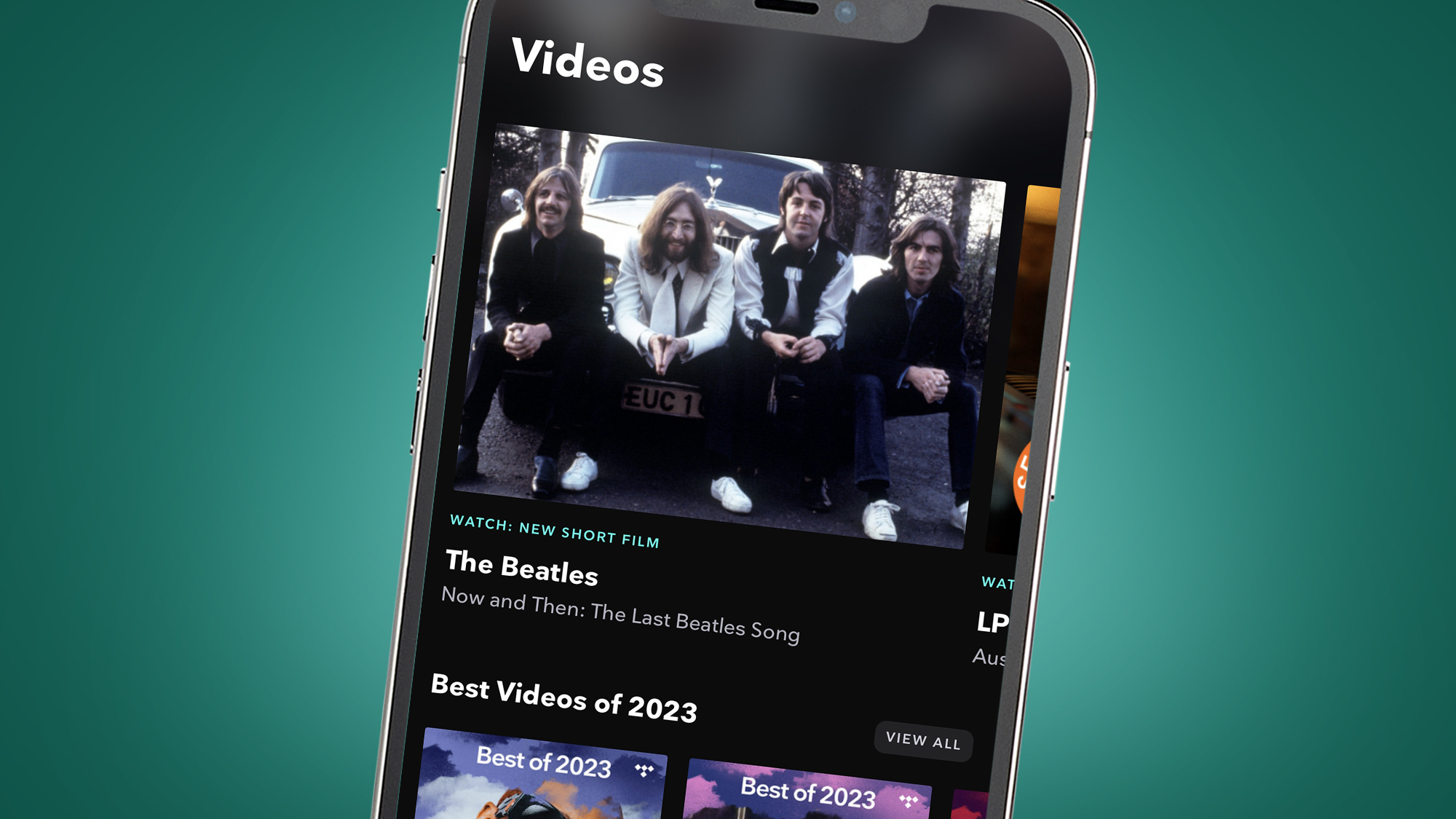
Tidal moved quick with spatial audio back in 2019, and now has a solid offering of Dolby Atmos Music and Sony 360 Reality Audio that you can use with the many pairs of headphones now boasting features to make the most of it. Spotify is still yet to add spatial audio to its service, and with no real commitment to the fact that it could be coming any time soon.
The videos are great, too – I particularly like the video playlists for a house party, but I’ve also found the more documentary-style short films are a perfect way to while away some time on public transport. I still have access to all the podcasts I love through my Apple Podcasts app, so I won’t miss having them through my music service. And I definitely won’t miss Joe Rogan.
Better pay for artists
There’s no getting away from the fact that while music streaming has been revolutionary for music listeners, artists have had a thing or two to say about it when it comes to a royalties perspective. Arguably no service is excelling here, but there’s no doubt that some are managing it better than others.
Tidal has long used its “artist-owned” status as a reason that it will pay its artists appropriately, and while figures differ by source, it appears that it is holding true to that.
Some figures suggest that Tidal pays around $0.0125 per stream (approximately £0.01 / AU$0.018), meaning an artist would get paid $12.50 /£10 / AU$18 for 1,000 plays, while an artist on Spotify would receive about $4.30 /£3.40 / AU$6.40 for the same ($0.0043 / $0.0034 / AU$0.0064 per stream).
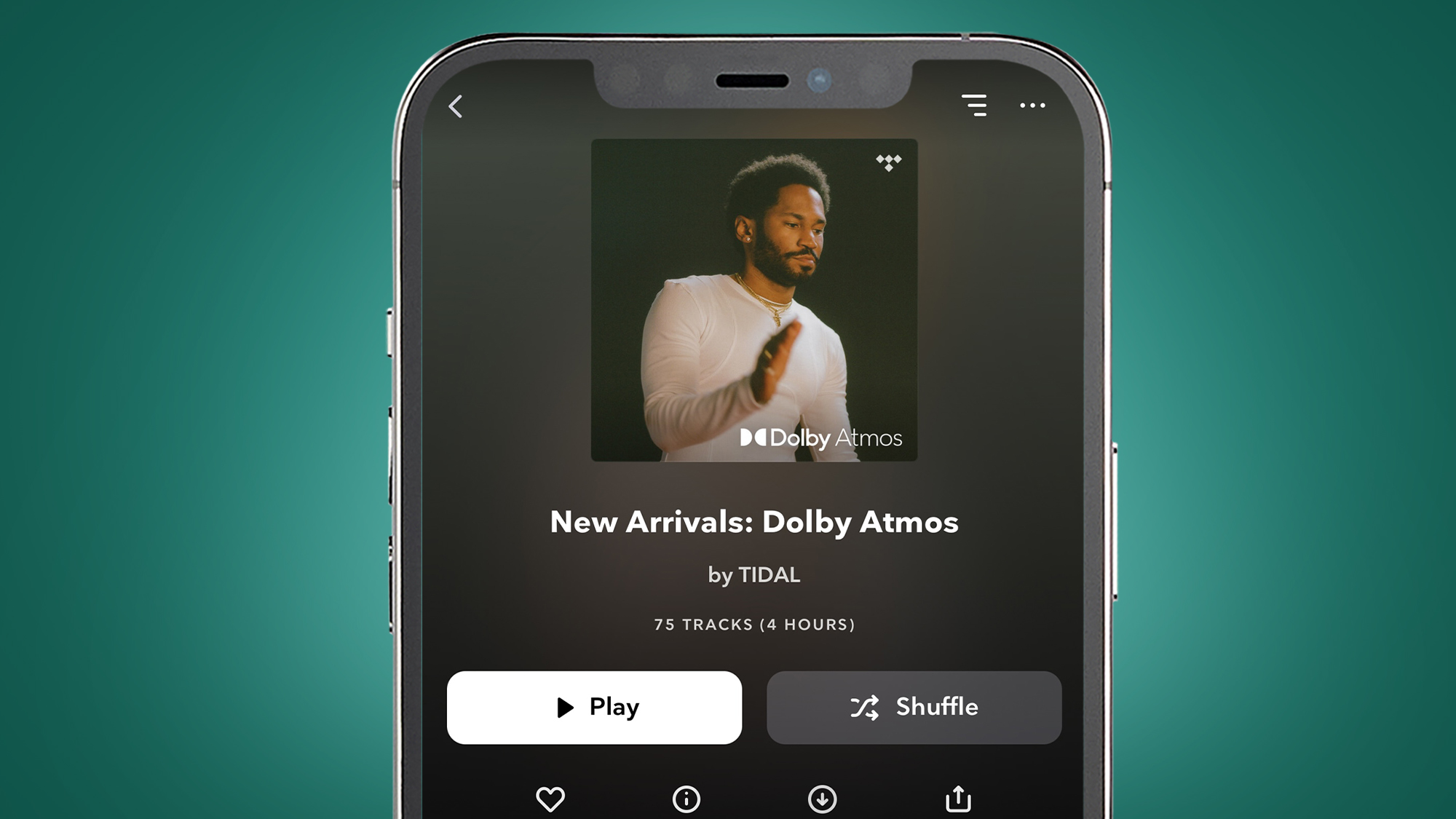
Of course, it’s not quite as straightforward as that, and there are subscriber base differences to consider, too. But the fact remains that the industry is asking Spotify to do more. Perhaps that pricier hi-fi tier it’s been teasing for so long could help to fund it, eh?
Don’t get me wrong, there are some things I’m going to miss about Spotify. Its music discovery features have helped me find endless new artists and favorite songs, and there’s going to be a degree of FOMO when I can’t join in with sharing my Spotify Wrapped at the end of next year. What a cracking idea that was.
However, TechRadar's Al Griffin (Senior Editor of Home Entertainment in the US) wrote earlier this year that he felt Spotify had become about more than just music and, if you've been holding out for Spotify Hi-Fi, then it was time to “cut the cord”.
I have to agree. After 15 years, this is no easy separation, but it's one the audiophile in me simply has to do. That is, of course, unless Spotify has a sound quality-focused new year’s resolution up its sleeve, too…
You might also like
Get daily insight, inspiration and deals in your inbox
Sign up for breaking news, reviews, opinion, top tech deals, and more.
Verity is a freelance technology journalist, with previous on-staff roles at What Hi-Fi?, Stuff, Pocket-lint and MSN.
Having chalked up more than 15 years in the industry, she has covered the highs and lows across the breadth of consumer tech, sometimes travelling to the other side of the world to do so. With a specialism in audio and TV, however, it means she's managed to spend a lot of time watching films and listening to music in the name of "work".
You'll occasionally catch her on BBC Radio commenting on the latest tech news stories, and always find her in the living room, tweaking terrible TV settings at parties.
